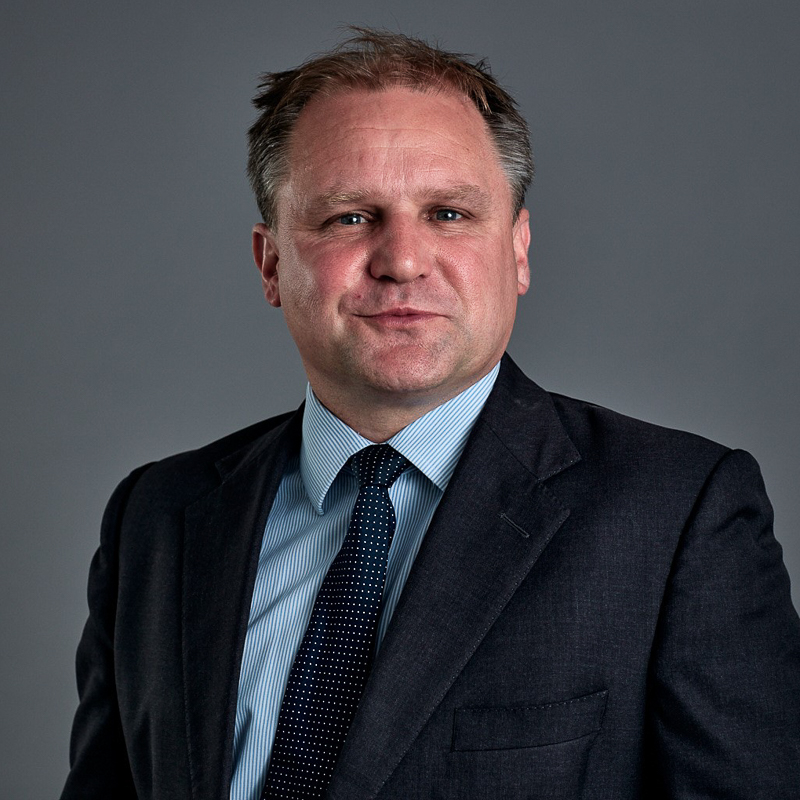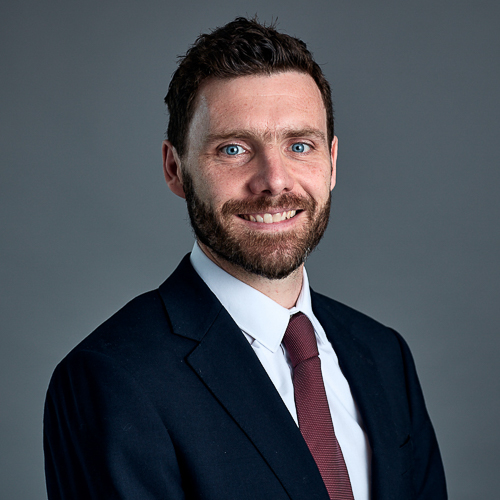Does the Court have jurisdiction over compliance with the Pre-Action Protocol for Low Value RTA Claims (“the Protocol”)? In its decision of 24 June 2025, the Court of Appeal decided in MH Site Maintenance Services Limited and another v James Watson [2025] EWCA Civ 775 that, when proceedings have been issued, the answer is “yes.”…
Following on from our October 2022 Rugby Union article on instrumented mouthguards, World Rugby will now be adopting mouthguards with smart technology that measures the force of impacts to the head in real time during matches. The mouthguards have already been used in the inaugural WXV competition and will be mandatory in World Rugby games and training from January 2024.
The hope is that the technology will be used to help reduce the number of head injuries suffered as alerts will be sent to an independent match day doctor to signal a high level of acceleration which could then lead to injury. The intention would then be for that player to be removed from the field of play to undergo a full head injury assessment.
The inclusion of training as well as matches is an interesting and important addition to the implementation of the mouthguards and makes yet another step forward in the overall approach to reducing head injuries. World Rugby has suggested it will allow coaches: “to better tailor drills, tackle skills and training load for each individual player, and best support their performance and welfare.”
The World Rugby Chief Medical Officer, Eanna Falvey, said:
“The latest scientific research and expert opinion is telling us one thing – reduce the forces players experience on their heads at all levels of the game. That is exactly what we are doing. The advances in smart technology mean elite players will be better cared for than ever before. We are taking smart mouthguards out of the realm of medical research and putting them into the world of everyday performance management to continue to manage player welfare in the best way possible.”
This move, amongst others, has been implemented in an attempt to further reduce the risks of brain injuries to players as World Rugby, as well as other governing bodies, currently face legal actions being brought by former international players alleging a lack of reasonable action to protect them during their careers from repeated blows to the head.
Hundreds of former football, rugby league and rugby union players in the UK are currently taking legal action over brain injuries they claim they suffered during their careers playing professional sport.
In an article published by The Guardian on 19 November 2023, it was suggested that a large number of England and Wales rugby union internationals are amongst more than 200 players taking the game’s governing authorities to the High Court. The claims include the allegation that repetitive head injuries have had devastating effects on the players with the allegations raised being referred to as “an existential crisis” for the sport.
The leading lawyer on the case said:
“We believe there has been a systematic failure by the rugby governing bodies to protect players not just from concussions but also sub concussions. This is still a real and serious threat to the sport and unless immediate and substantial changes are introduced, current and future generations will end up with the same chronic traumatic encephalopathy (CTE) and other neurological impairments.”
The lawyer described sub concussions as smaller knocks to the head that could happen multiple times during the game and also in training. He acknowledged that they did not in themselves amount to fouls but were very much a core part of the sport.
In one report submitted in support of the claims being made, as reported in the Sunday Times on 19 November 2023, an expert neurologist suggested that one of his client’s had “suffered at least five episodes of loss of consciousness during a game, which would be sufficient for a classification of mild traumatic brain injury to be made.”
The next hearing is scheduled for early December 2023 when it is expected a decision will be made as to which players’ claims will go forward as test cases in the High Court.
What is apparent is that unprecedented steps are now being taken across various sporting institutions to try and measure, treat and ultimately limit head injuries in professional sport.
A recent BBC News article in October 2023 suggested that a study of former rugby players’ brains has found that those who played for longer were more likely to develop a degenerative brain disease. Out of 31 donated brains analysed, 21 had evidence of a condition linked to repeated head injuries and concussion. Nearly two-thirds of those affected by chronic traumatic encephalopathy (CTE) played at amateur level. CTE being a brain condition thought to be caused by repeated head injuries and blows to the head.
Researchers say their findings back up calls to reduce head impacts in all sports and we know that grass root sports are also taking this issue far more seriously than in the past, with the tackle height law having recently been lowered in Rugby Union, as well as the online concussion education course being launched.
A further interesting technological development is the NFL using artificial intelligence at the recent Baltimore Ravens v Tennessee Titans match in London, as computers are now able to identify on-field head impacts in the NFL automatically, using multiple video angles and machine learning.
The timing of all of this is probably not just coincidental, for as we mentioned in our October 2022 article, the International Consensus Conference on Concussion in Sport took place in Amsterdam in late October 2022 and its sixth Consensus Statement was published this year in June 2023.
For over 20 years now, the Concussion in Sport Group has held meetings and conferences and developed five international statements on concussion in sport. The sixth statement summarises the processes and outcomes of the Sixth International Conference on Concussion in Sport held in Amsterdam and makes for very interesting reading.
The statement summarises evidence informed principles of concussion prevention, assessment and management and emphasises those areas requiring more research. The process involved new features this time including a focus on the para-athlete, concussion specific medical ethics and matters related to both athlete retirement and the potential long-term effects of sport-related concussion (SRC), including neurodegenerative disease.
The key points from the statement were:
- The Amsterdam 2022 International Consensus Statement on Concussion in Sport summarises published evidence at the time of the conference and should be read together with the 10 systematic reviews and the methodology paper.
- Content and methodological advances were made in the consensus process including anonymous voting, summaries of alternate viewpoints, declarations of conflicts of interest in the open conference, plus inclusion of the athlete voice, para sport considerations and ethical perspectives.
- The Concussion in Sport Group definition of concussion was updated while work continues toward a unified conceptual and operational definition.
- Sport-specific strategies recommended as concussion prevention interventions include policy or rule changes reducing collisions, neuromuscular training in warm-ups, mouthguard use in ice hockey and implementation of optimal concussion management strategies to reduce recurrent concussion rates.
- The Concussion Recognition Tool-6 (CRT6), Sport Concussion Assessment Tool-6 (SCAT6) and Child SCAT6 provide updated iterations of the acute sport-related concussion (SRC) tools best used in the first 72 hours (and up to 1 week) after injury. New office tools, the Sport Concussion Office Assessment Tool-6 (SCOAT6) and Child SCOAT6, were designed to better guide evaluation and management in an office setting from 72 hours after injury and for serial evaluations in the following weeks. The overlap between the SCAT6 and SCOAT6 is intentional and designed to facilitate easy transitions across tools.
- The results of computerised neurocognitive tests should be interpreted in the context of broader clinical findings and are not to be used in isolation to inform management or diagnostic decisions.
- Advanced neuroimaging, fluid-based biomarkers, genetic testing and emerging technologies are valuable research tools for the study of concussion but not yet suited for routine use in clinical practice.
- Return-to-learn and return-to-sport strategies have been updated based on evolving evidence.
- Strong evidence exists regarding the benefits of physical activity and aerobic exercise treatment as early interventions.
- Cervicovestibular rehabilitation is indicated for athletes with neck pain, headaches, dizziness and/or balance problems.
- Individuals with persisting symptoms (ie, symptom duration >4 weeks) should be evaluated with a multimodal clinical assessment including the use of standardised and validated symptom rating scales.
- The potential long-term effects of SRC and repetitive head impacts are areas of ongoing public health interest and concern among both healthcare professionals and the general public. It is proposed that a working group representing multiple disciplines and perspectives be established to guide appropriate research in this area.
- Decisions regarding retirement or discontinuation from contact or collision sports are complex, multifaceted and should be individualised to consider patient, injury, sport-specific, ethical and psychosocial factors. A comprehensive multidisciplinary clinical evaluation is often necessary to inform decisions.
- Limited evidence exists on SRC in patients aged 5–12 years.
- Concussion diagnosis and management in para-athletes is challenging with limited data, requiring further research and dedicated clinical recommendations that consider a range of impairments.
- Future research and consensus processes for concussion in sport should continue to evolve with an inclusive and interdisciplinary approach.
The Statement builds on previous Concussion in Sport Group statements with the aim of updating current recommendations for SRC. It is not intended as clinical practice directive, or suggestive of any legal standard of care, but it provides a valuable tool when looking to understand present thinking on this interesting topic and how that thinking will invariably continue to influence the actions of sports governing bodies around the world.
What is clear is that there is a lot more to come on this evolving topic and we will endeavour to keep abreast of, and keep you updated on, the main developments in 2024.
Recent Posts
In the recent Judgment of Edwards and ors v 2 Sisters Food Group Limited [2025] EWHC 1312 (KB), Sir Peter Lane considered causation in work-related COVID-19 claims and the courts’ approach to a summary judgment application where further evidence may yet be adduced by the respondent. This Judgment is of significance for anyone dealing with…
Philip Turton adds to his article on URS Corporation Limited v BDW Trading Limited. This article can be read here. Two weeks ago I wrote about the effect of URS Corporation Limited v BDW Trading Limited [2025] UKSC 21 (“URS Corporation”) on claims for contribution in mesothelioma cases. The effect of the decision in the…


